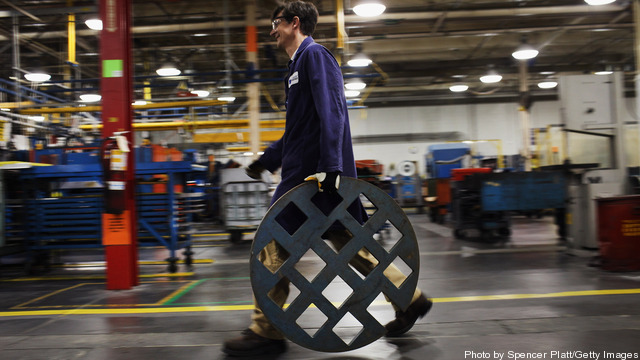
Over the last decade, wind energy has catapulted from a fringe energy option to an economic, mainstream, $50 billion a year industry that employs 300,000 people globally. Over the last decade, technology advancements have driven the cost of wind down 60%, while the price of oil has surged over 350%. In fact, 40% of new power installations in America over the past five years have been wind energy. The success of wind power has become so widespread in the US that even companies like Walmart, Anheuser Busch and Nestle are becoming power producers using the technology.
Last week, the United States celebrated the milestone of 50 GW of installed wind power, demonstrating wind’s value as a mainstream, domestic source of energy for America. Fifty gigawatts is big: it’s enough capacity to power 12.8 million American homes, or meet the electricity demands of Nevada, Colorado, Wisconsin, Virginia, Alabama and Connecticut through wind power alone. Keep reading →
 It isn’t gold.
It isn’t gold.







